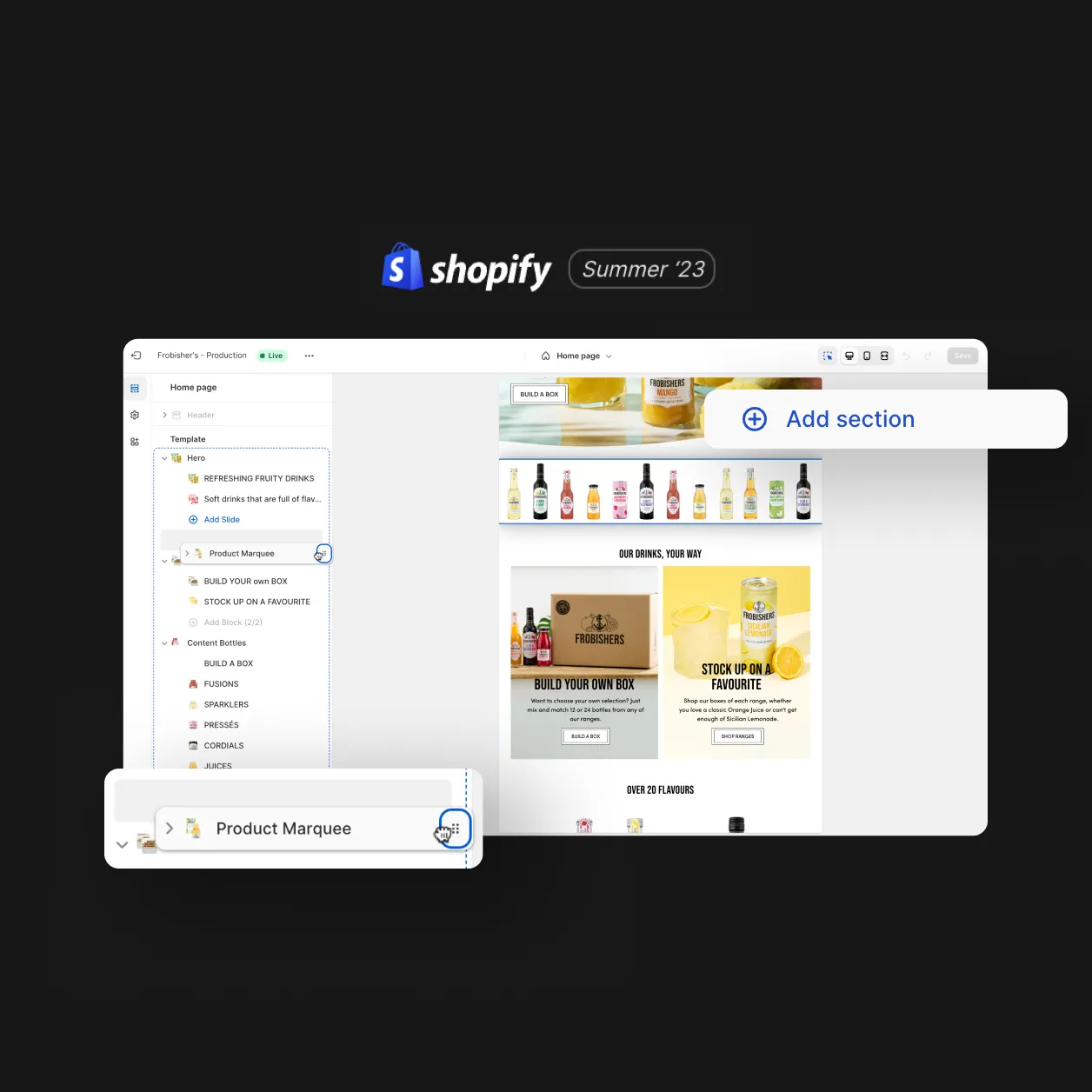
As more and more businesses start advertising on Meta, the CPM (cost to show 1000 impressions) is increasing. This isn’t necessarily a bad thing, as it indicates that advertisers are targeting more valuable users than before. In this blog post, we’ll break down what you need to know about Facebook CPMs and how they can impact your customer acquisition costs in this key growth marketing channel.
Winning the facebook auction
To understand CPM, you must first examine the auction mechanism.
The principle goal of Facebook’s algorithm is to show you the most relevant content in your feed, according to a value-based auction. This is because they need to balance the quality of the user experience on Facebook and Instagram whilst ensuring that advertisers are getting a return.
This is the formula used to determine which ad wins the auction, which is then converted to a CPM:
[Advertiser Bid] x [Estimated Action Rates] + [User Value] = Total Value
The advertisers that get the most out of Facebook are rewarded for performing the following:
1. Creating high quality ad creative (User value)
2. Having a good post-click experience (est. action rate)
3. Bidding in line with the ‘True Value’ (this is usually automatic, via the ‘lowest cost’ strategy)
So what you are paying as a CPM is determined by three variables, with two very much in your control: your ad creative and your website.
In fact, Facebook clearly state that they “subsidise relevant ads in auctions, so more relevant ads often cost less and see more results.”
The importance of creative effectiveness
A study from Duke University showed that “the effectiveness of an ad is the primary driver of CPMs, not advertiser competition.”
They found that a well-performing Facebook ad will cost less to show than a poorly performing one, regardless of how many advertisers are bidding in the auction.
This is likely because Facebook knows that a relevant, useful ad is more likely to result in someone taking an action that they value (such as buying a product, signing up for a newsletter, or downloading an app).
On the other hand, Facebook also knows that if an ad is not relevant or useful, users are less likely to take the desired action. As a result, they will charge more to show that ad, as it is less likely to result in a valuable outcome for the user.
To summarise, if you want to lower your CPMs, you need to create high quality ad creative that is relevant and useful to your target audience. Additionally, make sure you have a good post-click experience on your website, as this will also impact your CPMs.
What makes good creative? Avoid ambiguity.
Think of it like this – there is no ambiguity from an effective ad. If you’re leaving potential customers with questions having seen the ad, this is going to be one of the biggest barriers to growth. This is why more UGC style content wins in paid social, with a native experience often being far more clear, even if lower fidelity.
Some questions to consider:
– What are you offering?
– Is it clear what the customer needs to do next?
– Do you have a clear call-to-action (CTA)?
– Is your value proposition clear?
These are all important factors to consider when creating your ad creative, as they will impact how much Facebook charges you to show your ad.
To summarise, CPMs are determined by the quality of your ad creative and the post-click experience on your website. If you want to lower your CPMs, make sure you create high quality ad creative that is relevant and useful to your target audience, and have a good post-click experience on your website.
As every business is different, even in the same vertical, there’s very little value in trying to compare your CPM to someone else’s, or an average, because you have no idea what combination of objective, landing page or creative any of those businesses are using.
What really matters is whether your advertising is profitable based on your business metrics. If costs are higher than you’d like, work out whether it’s down to your fatiguing creative, or because your website isn’t giving people the information they need to confidently complete the purchase. If you want help with any of these marketing problems, speak to one of our growth marketing specialists.
Design
Inspiring behaviour change through visual experiences. Our digital design services ensure instant clarity and visuals that cut-through in a cluttered market.




